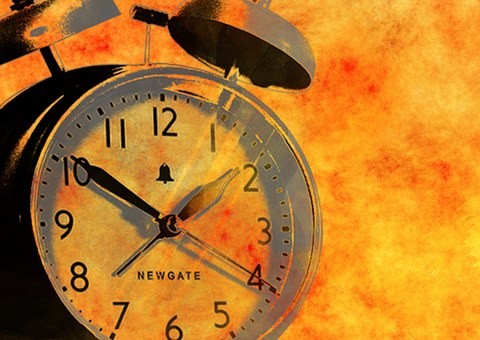TURN BACK TIME

When we Fall Back this Sunday we gain an hour of sleep. Doesn't sound so bad. But think again. Messing with our sleep messes with our ability to drive safe.
Drowsy driving is distracted driving. Changing sleep schedules changes safe driving skills for thousands on our roads.
Research shows that it takes drivers days to adjust to the time shift. Some studies suggest the danger zone lasts almost a week - that's 7 full days - after the shift. And studies show a 15 to 20% increase in traffic fatalities on the Monday after that time shift (CDC Centers For Disease Control and Prevention citing Harrison Y. [2013] Sleep Med Rev. 17(4):285-292).
It also shows that those most vulnerable to the time shift are teenagers and young adults who are more likely to fall into the stay up late and sleep late demographic. Those very same young drivers are also more likely to be inexperienced and tethered to their smart phone behind the wheel. This leads to a deadly collision of poor and deeply ingrained driving habits.
So what can we do?
Researchers suggest the we gently and slowly modify our sleep schedules to allow for a gradual transition to change. While this may help the most disciplined among us, it doesn't do much for most.
Social media leads the charge. Awareness is the first step to safe driving. Twitter and common sense urge us to:
- Be #AlertAtTheWheel;
- when tired opt for public #Transpo or #RideShare;
- no #DrowsyDriving;
- #JustDrive and focus on the road;
- because #YouHadOneJob;
- #DropItAndDrive;
- #PutDownThePhone;
- don't #TextAndDrive because #ItCanWait; so we can all
- #ArriveAlive.
Be aware of the danger. Drowsy Driving and Distracted Driving are a potent mix.
When you join the commute this Monday morning, be aware of your own limitations. Be cautious of the limitations of the drivers around you. Drive defensively. Drive smart.
Ready To Fall Back?

